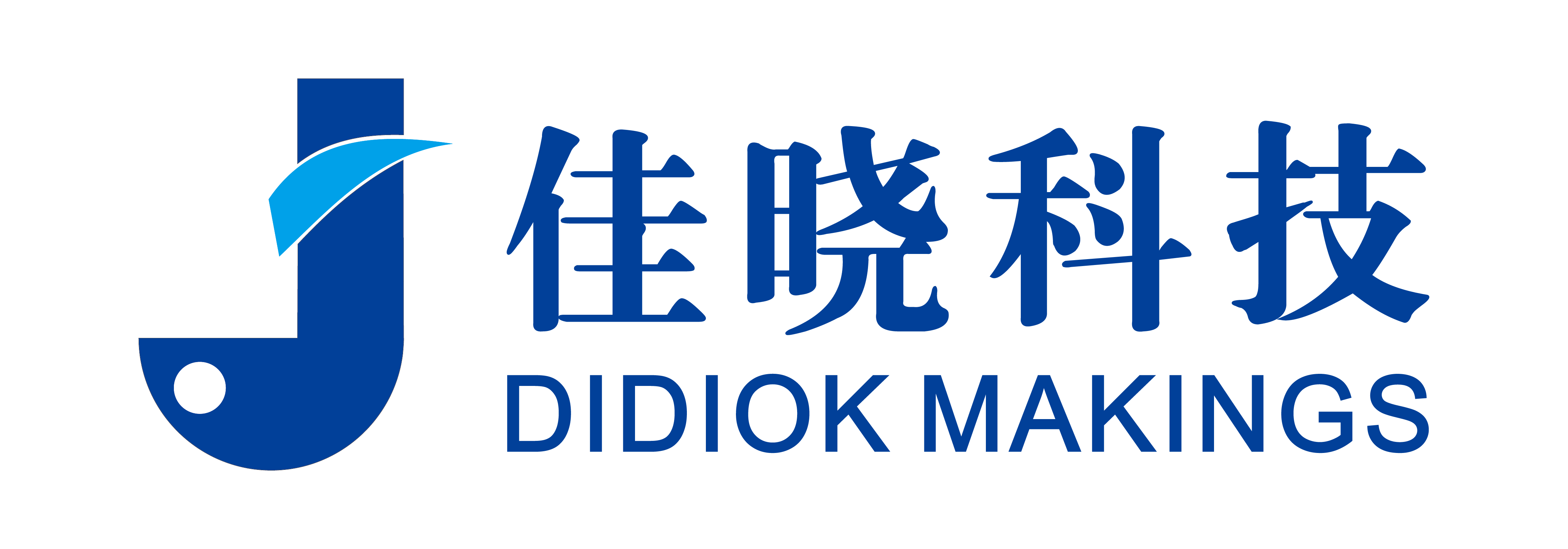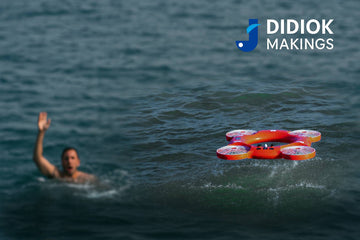When it comes to public safety, there’s no room for guesswork—especially in water rescue. Government agencies tasked with saving lives during floods, storms, and marine emergencies need tools they can trust. That’s why the procurement process for water rescue drones isn’t just about specs on paper. It’s about reliability in the field, compliance with regulations, and long-term value.
If you’re a drone supplier, manufacturer, or even a department preparing a proposal, understanding what governments really care about can make or break a deal. Let’s break it down.
1. Proven Performance in Real-Life Conditions
Governments don’t just want promises—they want proof.
Rescue drones must be tested and validated in real-world environments: strong currents, heavy rain, low light, and even urban flood zones. Procurement officers often ask:
-
Has the drone been used in actual rescue operations?
-
Are there field reports or case studies available?
-
Can it operate in harsh conditions like wind, rain, or saltwater?
For example, a drone like the JX-6A Water Rescue Drone is designed to fly in strong coastal winds and land precisely near a victim, offering 190N of buoyancy. That’s the kind of data agencies pay attention to.
2. Ease of Use for Non-Technical Operators
Not every rescue team has a trained drone pilot.
That’s why governments look for plug-and-play systems—drones that can be operated by firefighters, coast guards, or disaster response teams with minimal training. Intuitive controls, auto-hover, and quick-deploy systems are major selling points.
In many tenders, ease of deployment within 2 minutes is a listed requirement. Remote control distance, real-time positioning, and low learning curve all matter.
3. Safety & Compliance Standards
Safety is non-negotiable.
Procurement departments will check if your drone meets national and international standards such as:
-
CE or FCC certification
-
IP ratings for water and dust protection
-
Fail-safe features (e.g., automatic return to home when battery is low)
-
Anti-collision systems or geofencing
Without these, your product may be disqualified before it’s even reviewed.
4. After-Sales Support and Spare Parts Availability
Governments think long-term. They don’t want to buy a piece of equipment that becomes a paperweight in six months.
They often ask:
-
Is there a local or regional support team?
-
How fast can spare parts be delivered?
-
Do you offer training or maintenance services?
If you can provide a service network or remote technical support, highlight that clearly. That’s a big advantage.
5. Value Over Time, Not Just Price
Lowest bidder doesn’t always win.
Government buyers look at total cost of ownership: purchase price + maintenance + durability + replacement cycle. A slightly more expensive drone that lasts longer and needs fewer repairs will often beat cheaper alternatives.
Include information about:
-
Battery life and cycle count
-
Durable materials (e.g., anti-corrosion body for marine use)
-
Average lifespan under frequent use
6. Customizable and Interoperable Systems
In many cases, agencies need drones to integrate with their existing rescue systems. That might include GPS tracking platforms, communication systems, or even other drones and sensors.
Offering optional add-ons like:
-
Voice broadcasting
-
Thermal cameras
-
Multi-drone coordination
…can make your drone stand out during the bidding process.
7. Clear Documentation and Proposal Readiness
Lastly, many excellent products are ruled out because the documentation isn’t up to par. Government procurement teams often require:
-
Technical datasheets
-
Certificates of compliance
-
Operation manuals
-
Case studies or references
-
Video footage of the drone in use
Make sure your paperwork is clean, professional, and matches the product.
Final Thoughts: Trust Is Built Through Detail
Selling to a government isn’t about flashy marketing. It’s about reliability, compliance, and real-life performance. They need to know your drone won’t fail in a crisis. If you can offer that kind of assurance—and back it up with clear documentation and solid support—your drone stands a good chance of being selected.
And remember: in this industry, word travels fast. Deliver well on one government project, and others will come looking for you.





